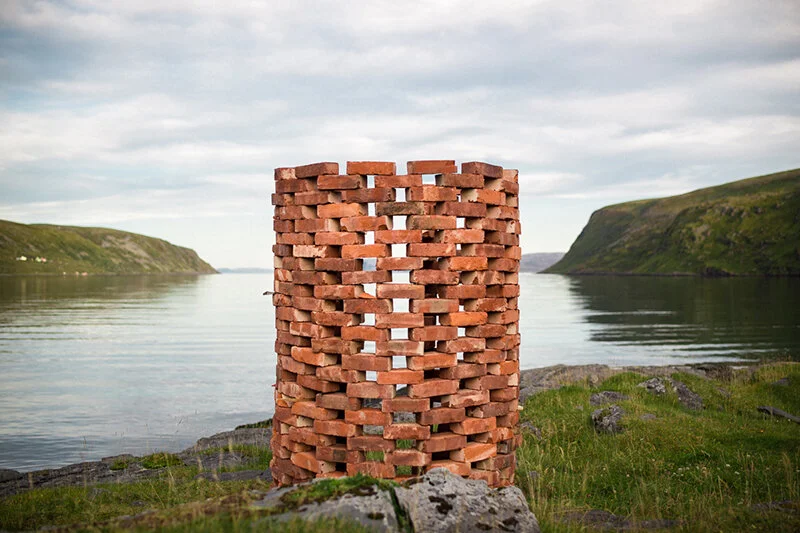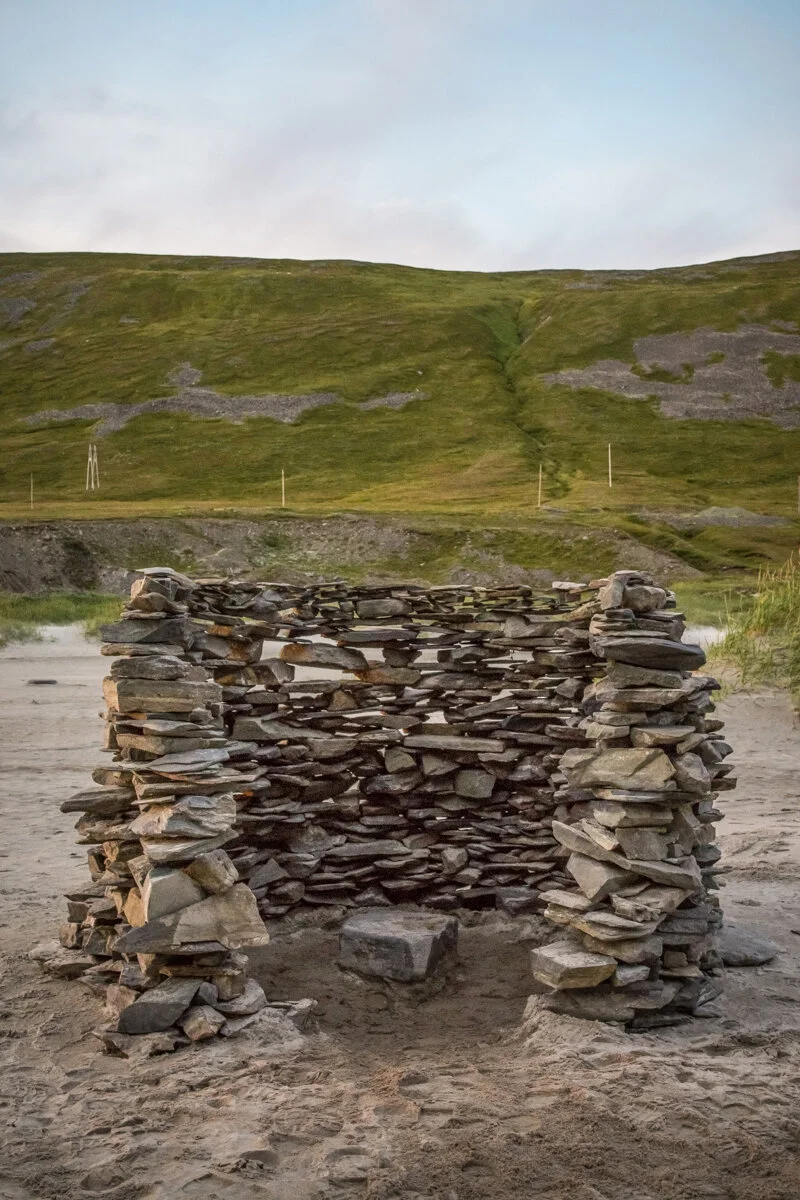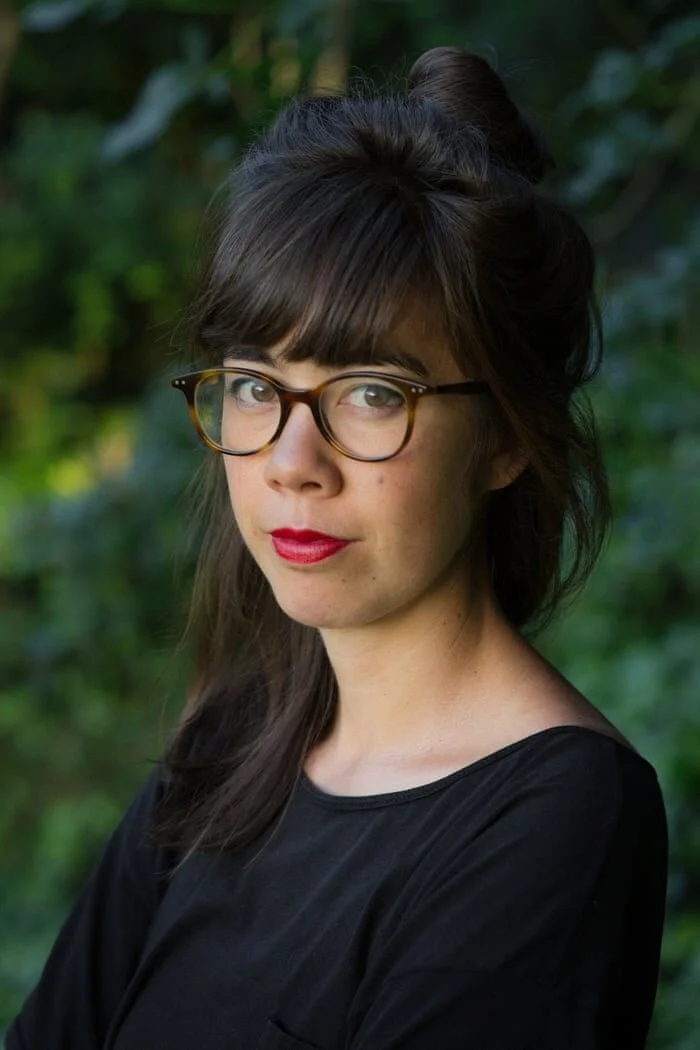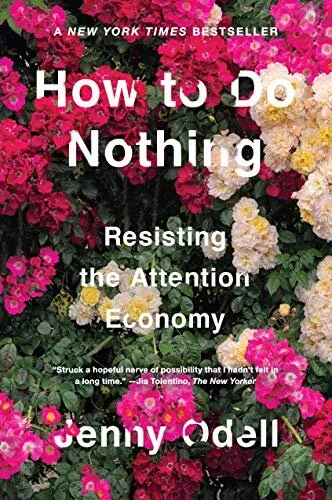In spring/winter 2017 I was in the middle of a creative crisis. It was my first year in the MFA studio program at the University of California, Davis and I had just moved across the country from Birmingham, Alabama. I was having troubles communicating with the faculty, I was having personal troubles with people close in my life, and I was having troubles staying positive in a pretty depressing world. Consequently, I was having troubles making art.
Then summer came around and this creative block began to come down. I was accepted into an artist residency on an island in the arctic circle, off the northern coast of Norway. On the way there I took the opportunity to do some traveling and see a lot of art. By the time I got to the island I was ready to unplug and reset with the goal of clearing my head and starting a new body of work. One of the ingredients of this self-prescribed creative cleanse was an essay that went viral on Medium called “How to Do Nothing,” by Jenny Odell.
This essay changed everything. Odell had communicated what was still a mess of ideas and feelings in my head. It was like someone had said out loud a word or a name that had been eluding me. It was simultaneously a relief from frustration and a validation of the work I was wanting to make. Before reading the essay I knew I wanted to construct sanctuary-esque spaces that could be entered but I struggled to communicate why I felt this was important. After reading the essay I had the beginnings of a vocabulary that would lead to a series of works called “Demarcated Spaces.”
demarcated space 1 by ryan meyer art
After returning home, the director of the residency wrote this about my pieces:
“Meyer built two Demarcated Spaces with materials found on the island at Arctic 78° N. These contained spaces have interiors that can be accessed by crossing the entrance threshold. Participants were asked to not take electronic devices into the space with them so as to have fewer distractions from interior acts of imagination, meditation, deep listening, etc. These acts of rest are not efficient and produce no monetary value. The physical structure and the interior act forms a symbiotic relationship that serves as a small form of resistance against the manipulative and exploitative forces that seek to drain the mind, body, and soul. While inside a demarcated space the participant aims to be in a mental state at least partially removed from advertising, propaganda, surveillance, and monetarily productive work.” — Sofie Iversen
Demarcated Space 2 by ryan meyer art
When I got back to my studio in Davis I decided to contact Jenny Odell in the hopes of finding time to meet her and discuss these ideas in person (she lived about an hour from me in Oakland, CA). She responded and agreed to meet at one of her favorite coffee shops where we eventually had one of the most stimulating conversations of my time in California. This is where she explained that she had been offered a deal to turn the essay into a book that would be published by Melville House. It came up in conversation that she needed an author headshot for the book and I offered to take the photo to show my gratitude for her making time to meet with me (I had experience working in the advertising industry as a photographer/designer).
We met a few weeks later at the Mountain View Cemetery in Oakland where she talked about night herons and I talked about where to stand for good lighting.
jenny odell photo by ryan meyer
Fast forward a few years and her book has entered the New York Times’ Bestseller list after getting a boost from Barack Obama as one of his favorite books of 2019. Her book has seen incredible (and deserved) levels of success to the point that Odell has described the weirdness of it all like, “a hall of mirrors where I encounter myself over and over again.”
And now I’m marveling at the weirdness of my name tagging along wherever she goes through photo credits. It has appeared in many major newspapers and media outlets such as New York Times, LA Times, The Guardian, Vox, etc. I mean, c’mon, Barack Obama has seen it… So is it normal to feel a tiny bit of pride? Trust me, I know it doesn’t really matter. No one cares about who took a photo. This is not about me, it’s Jenny’s book and Jenny’s success. Nevertheless it feels good to tag along for the ride.
I’ve since moved back to Birmingham where I can work and live much more affordably. This past winter I was at an open studio night and one of the artists had “How to Do Nothing” on her bookshelf. I brought it up in conversation and told my story about the original essay and the meeting with Odell that helped me through a rough creative period. The whole time I was internally debating whether or not I should open the book to the back cover and show the photo. It seems like a jerk move to open someone else’s book and talk about yourself. Likewise I debated if writing this essay was equally self-absorbed and a tacky attempt at self-promotion. I decided to complete the task for the sake of telling a personal story and using the opportunity to express gratitude. Art CAN change lives. I owe a major bump in my creative timeline to the thoughtful words of Jenny Odell.
jenny odell photo by ryan meyer art
how to do nothing jenny odell barack obama favorite book list
“A quietist spirit imbues Ryan Meyer’s “Demarcated Space 2,” a photograph of a sanctuary-like space within a stone structure he created as a “container of meditation and deep learning.” Calling up associations with cairns, altars, towers, and other ancient spiritual foci, this and the rest of the images in the series by Meyer document his practice of building temporary retreats from the hectic, monetized culture we live in…”
— Victoria Dalkey (edited for clarity)






